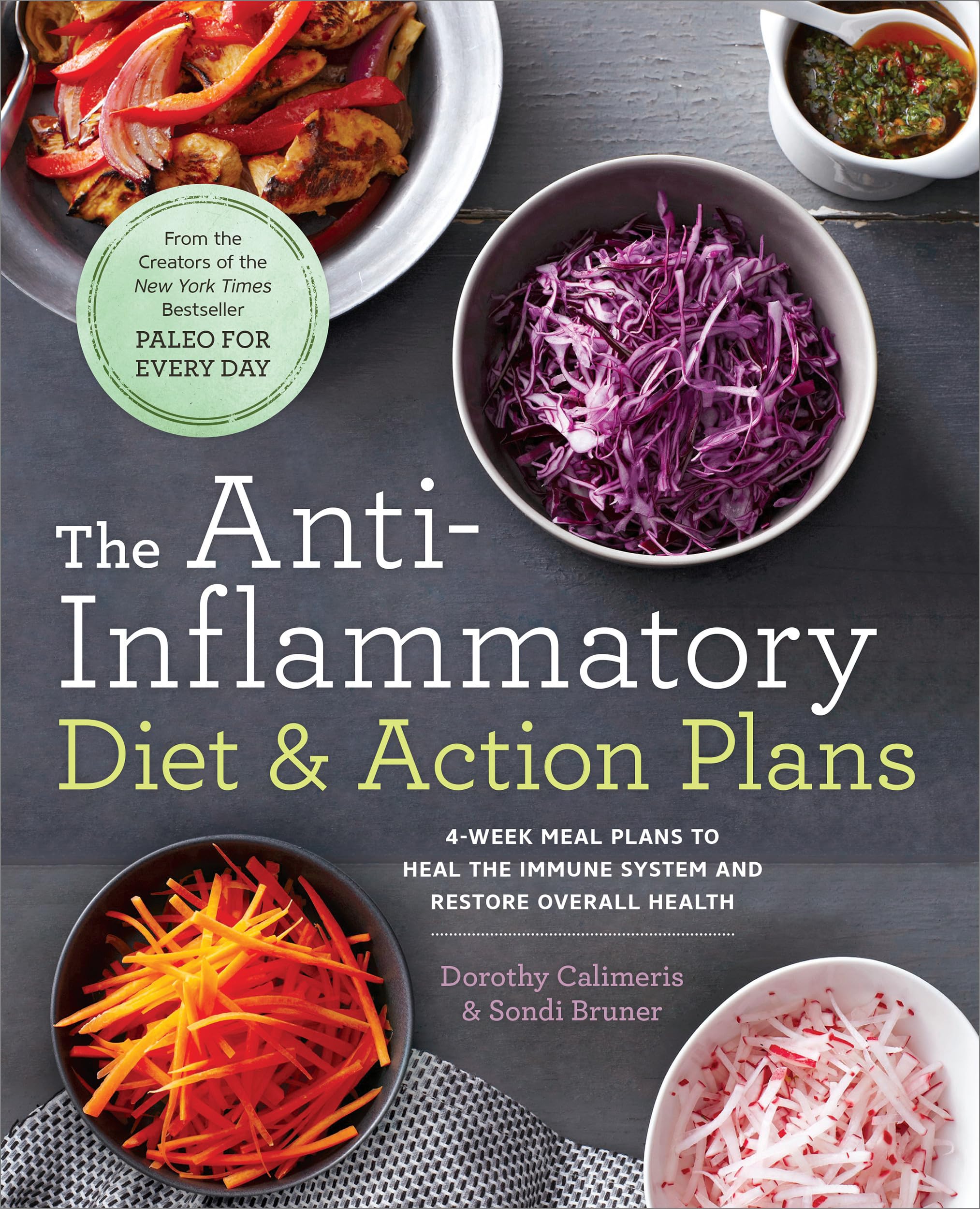Understanding the Anti-Inflammatory Diet
An anti-inflammatory diet emphasizes whole, unprocessed foods that are rich in nutrients and antioxidants to help reduce chronic inflammation and manage arthritis pain[1]. This eating pattern focuses on incorporating fruits, vegetables, whole grains, lean proteins, and healthy fats while limiting processed foods and added sugars that are known to trigger inflammatory responses[7]. In this approach, meals are planned to include a variety of nutrient-dense items that support joint health and reduce pain, and maintaining hydration and meal consistency is encouraged to ensure overall health[1].
Identifying Trigger Foods
Certain foods can exacerbate arthritis symptoms by promoting inflammation, and it is essential to identify and limit these in your diet[15]. Common trigger foods include refined sugars found in sodas, pastries, and candy, as well as highly processed carbohydrates such as white bread, pasta, and white rice that can spike blood sugar levels and inflame the joints[5]. Additionally, foods high in saturated fats like red meat and processed meats, as well as dairy products for some individuals, may worsen inflammation and contribute to increased arthritis pain[15]. It is also advised to avoid fried foods and excessive alcohol, which can further disrupt gut health and intensify inflammatory responses[14].
Leveraging Omega-3 Fatty Acids
Omega-3 fatty acids are powerful anti-inflammatory agents that play a significant role in modifying the fatty acid composition of cell membranes and reducing the production of pro-inflammatory eicosanoids[13]. Consuming fatty fish such as salmon, tuna, sardines, and anchovies, as well as plant sources like walnuts and chia seeds, can help increase the intake of EPA and DHA, which are shown to modulate inflammatory markers and alleviate joint pain[8]. These nutrients also work by altering cell signaling and gene expression through receptors and transcription factors, further aiding in inflammation reduction[3].
Cooking Methods and Portion Control
Adopting healthy cooking methods is key to preserving the nutrient quality of anti-inflammatory foods and controlling portions effectively[4] One recommended approach is to prepare meals at home where you can control the ingredients and avoid hidden additives, favoring methods such as steaming, sautéing with olive oil, and lightly roasting vegetables to retain their antioxidant properties[11]. Using extra-virgin olive oil in place of unhealthy fats, limiting salt by opting for low-sodium alternatives, and incorporating spices like turmeric and ginger can further enhance anti-inflammatory effects while adding flavor without extra calories[11]. Additionally, mindful portion control—by measuring servings or using smaller plates—helps regulate caloric intake and maintains a balanced diet, which is crucial for reducing joint stress[1].
Meal Planning Templates and Grocery Checklist
A structured meal plan can simplify the process of transitioning to an anti-inflammatory diet and ensure you consistently consume nutrient-dense foods[2] Consider using templates that outline breakfasts, lunches, dinners, and snacks based on calorie needs—for example, a 30-day or 7-day plan that includes options like berry almond oatmeal, Mediterranean quinoa salads, and avocado toast with lean proteins[6]. A grocery checklist for your anti-inflammatory diet should include fresh fruits (such as berries, citrus, and cherries), a wide variety of vegetables (especially leafy greens like spinach and kale), whole grains, fatty fish, legumes, nuts and seeds, and high-quality oils such as extra-virgin olive oil[11]. Using resources like a 21-day meal plan can offer inspiration and provide pre-planned recipes along with modification suggestions to cater to personal tastes and dietary needs[9].
Tracking Progress and Personal Adjustments
Personalizing your anti-inflammatory diet involves not only selecting the right foods but also monitoring their impact on your arthritis symptoms over time[15] Keeping a food and symptom journal can help you identify specific trigger foods and assess which meals provide the most relief[15]. An elimination diet, where you remove suspected trigger foods for a set period and then reintroduce them gradually, may reveal individual sensitivities and guide long-term dietary adjustments[15]. In addition, regularly updating your meal plans based on your tracking data and working with a nutrition professional or registered dietitian can support sustained improvements in joint health and overall well-being[1].
Get more accurate answers with Super Pandi, upload files, personalized discovery feed, save searches and contribute to the PandiPedia.
Let's look at alternatives:
- Modify the query.
- Start a new thread.
- Remove sources (if manually added).

:max_bytes(150000):strip_icc()/VWH-Nutrition-Anti-Inflammatory-Diet-edit-1249f1d6f0ff45149b3fb8926eb206bd.jpg)








